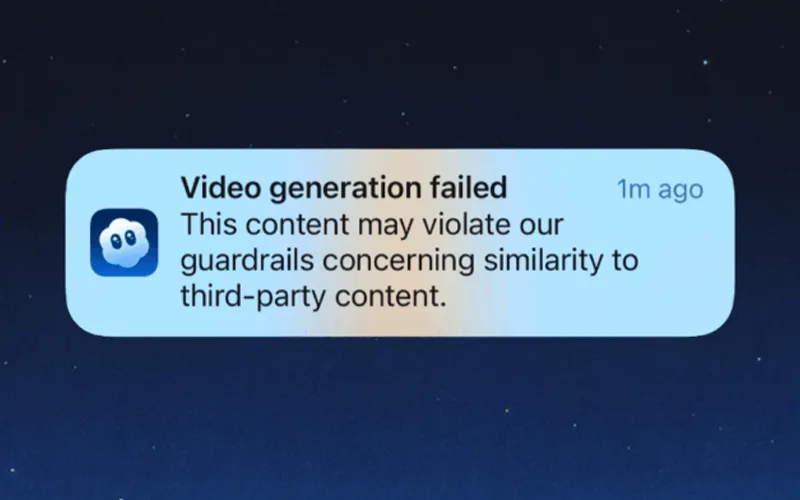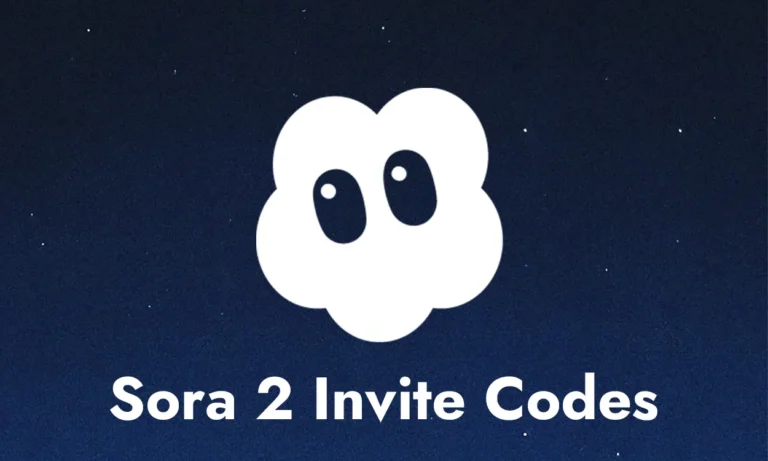We have been testing Sora 2 for more than a week and here is what we found on how to get the results that you want and bypass Sora 2 Content Violation error.
Navigating Sora 2’s Content Policy: A Guide to Crafting Effective and Compliant Prompts
Have you ever crafted what you thought was the perfect prompt for Sora 2, only to be met with a frustrating “content violation” message? You’re not alone. As AI video generation tools grow smarter, their safety filters also become stricter. While these systems are designed to prevent harmful or illegal content, they sometimes overreact, flagging harmless requests.

The goal isn’t to “bypass” the system but to understand how it works. When you know why prompts are flagged, you can write smarter, compliant prompts and get creative results faster. Based on testing and real experience with Sora 2, this guide explains how to stay within policy while keeping your creativity intact.
Why Content Policies Exist
As a software developer of many apps, we place content policies because of copyright infringement, This is not to block you of your access but to have a nice experience overall for all the users of this software, Sora 2 is no different.
Before exploring how to improve your prompts, it’s important to know why these restrictions exist. AI companies build these safety systems to protect users and society. Here are a few key reasons:
1. Preventing Harmful Content
Sora 2’s filters block prompts that include hate speech, graphic violence, explicit material, or encouragement of self-harm or illegal acts.
2. Protecting Copyright and Identity
The system avoids generating content based on real people, brand names, or copyrighted characters without permission.
3. Promoting Ethical AI Use
AI content policies are designed to reduce the spread of misinformation and prevent misuse like deepfakes or harassment.
Once you understand that these filters exist to build trust and protect creativity, it becomes easier to work with them instead of against them.
You can read about these Privacy Policies on OpenAI’s official website.
Common Triggers Behind “Content Violation” Messages
Many “content violation” errors aren’t caused by bad intent. They usually happen because the AI misinterprets your language. Here are some common triggers:
Ambiguous or Violent Words
Words like “attack,” “destroy,” or “shot” often get flagged, even in harmless contexts. For instance, “a photographer shot a sunset” might trigger a violation.
Brand or Celebrity Names
If your prompt includes “Superman,” “Barbie,” or “Keanu Reeves,” it might be blocked to avoid copyright and likeness issues.
Sensitive Historical Terms
Even educational prompts that reference wars or tragedies can trigger filters, as the AI errs on the side of caution.
How to Rephrase Prompts for Better Results
When a prompt gets blocked, don’t try to force it through. Instead, rephrase it. The key is to describe visuals in neutral, descriptive language.
1. Replace Trigger Words with Synonyms
Find alternative phrasing that describes the same scene without using flagged words.
Instead of: “A knight attacks a castle.”
Try: “A knight with a raised sword approaches a castle gate.”
Instead of: “A car crashes through a wall.”
Try: “A car makes a strong impact with a brick wall, sending dust and debris into the air.”
2. Use “Show, Don’t Tell” Techniques
Describe the scene’s outcome rather than the direct action.
Instead of: “A building explodes.”
Try: “A burst of fire and smoke pours from the upper floors of a tall building.”
3. Be Abstract and General
If your prompt involves copyrighted characters or famous people, generalize the description.
Instead of: “Keanu Reeves in The Matrix dodging bullets.”
Try: “A man in a black coat bends backward to avoid fast-moving projectiles in a futuristic city.”
4. Simplify and Iterate
If a detailed prompt fails, reduce it to the essentials and test shorter versions. Then, add details step by step. This helps identify which word or phrase is causing the issue.
Final Thoughts
Sora 2’s content policy isn’t a barrier to creativity, it’s a guide to responsible use. By learning how the filters interpret your prompts, you can work with the system instead of fighting it. This approach saves time, reduces frustration, and ensures your creations stay within ethical limits.
With clear, neutral descriptions and a focus on visual storytelling, you’ll unlock the full potential of Sora 2 without running into “content violation” roadblocks.
Why Trust This Guide? A Note on My Experience
For over six years, I have worked as a professional video creator and animator, delivering hundreds of projects for clients on platforms like Fiverr and Upwork. My career is built on one thing: turning a creative brief into a compelling visual reality.
The emergence of generative AI like Sora 2 is the next major evolution in my field. That’s why I’ve spent extensive time not just using this tool, but systematically testing its limits. The methods in this guide aren’t theoretical, they are the result of hands-on experimentation, grounded in a deep understanding of visual storytelling. My goal is to share this practical knowledge to help you overcome technical hurdles and focus on what truly matters: your creative vision.

